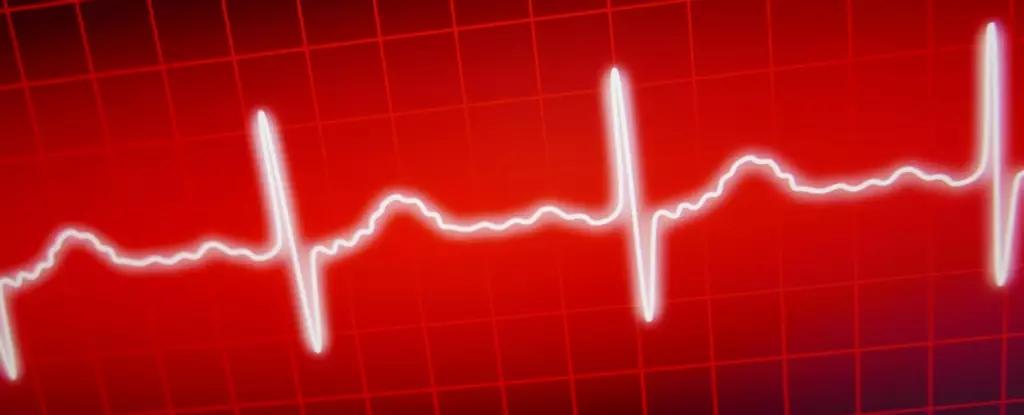Understanding how to properly utilize a defibrillator is crucial in emergency medical situations. Cardiac arrest remains one of the leading causes of mortality, and swift, effective intervention can be the difference between life and death. Recent research conducted by experts at Oregon Health and Science University (OHSU) sheds light on an innovative method of pad placement that significantly enhances the chances of restoring a heartbeat. This research offers a basis for re-evaluating established practices in emergency medicine, particularly concerning how defibrillator pads are applied during resuscitation efforts.
The study in question examined over 250 incidents of cardiac arrest attended by the Tualatin Valley Fire & Rescue team in Portland. The most striking discovery was that placing one pad on the patient’s chest and the other on their back (known as anterior-posterior or AP positioning) increases the likelihood of regaining spontaneous circulation (ROSC) by over 260% compared to the conventional front and side positioning (anterior-lateral or AL). This finding represents a significant advancement in our understanding of how electrical shocks can be optimized for the best potential outcome in critical situations.
Joshua Lupton, a key researcher involved in the study, expressed his surprise at the magnitude of the results, suggesting that these findings might spark further investigations into this approach within the medical community. Historically, medical professionals have defaulted to the AL method for adult patients, despite the AP technique being widely used for infants. This discrepancy underlines the need for more focused research to determine the most effective strategies for different patient demographics.
Essentially, the AP placement potentially enhances electrical conductivity across the heart—effectively “sandwiching” it between the two pads. This positioning ensures that the electric shock travels directly through the heart muscle, maximizing its exposure to the necessary energy for rhythm correction. Mohamud Daya, another professor at OHSU, elaborated on this idea, affirming the significance of directing energy from one pad to the other through the heart for optimal effectiveness.
Researchers have noted that AP placement has shown advantages in other scenarios as well, such as addressing persistent atrial fibrillation. Therefore, this method may not only be a game changer for responding to cardiac arrest but could also improve treatment in other cardiac-related emergencies.
While the findings are promising, several limitations of the study must be acknowledged. It was observational rather than a controlled experiment, raising the possibility that differing recovery rates could be influenced by factors outside the pad placement technique itself. Additionally, the AL configuration is generally easier for personnel to apply quickly in high-stress emergencies, underscoring the potential barriers to adopting the AP approach in real-world situations.
Moreover, while the AP method showed to significantly bolster the chances of spontaneous circulation, it did not correspondingly alter the overall rates of discharge from the hospital following successful resuscitation. This illustrates that effective pad placement is only one piece of the larger puzzle in cardiac arrest management, where multiple factors—including immediate follow-up care—play critical roles.
Despite the limitations, the study’s insights prompt a deeper examination of defibrillation protocols. Currently, survival rates for out-of-hospital cardiac arrest hover around a disappointing 10%. Any advancement in emergency response protocols that could improve these figures deserves serious consideration. As Lupton emphasizes, the duration of cardiac arrest is paramount; the less time that elapses, the higher the likelihood of survival.
The revelations surrounding the use of AP defibrillator pad placement are both exciting and thought-provoking. They not only challenge existing norms in emergency medicine but also open avenues for future research that may lead to enhanced lifesaving strategies. As we continue to explore these findings, they pave the way for refining care protocols that could potentially change the landscape of cardiac arrest treatment for the better.

